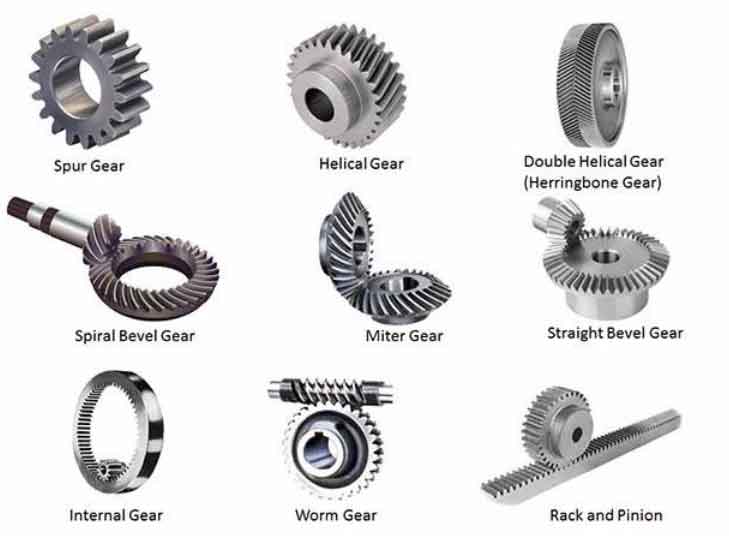
When deciding between hypoid gears and spur gears, it’s important to consider the specific requirements and characteristics of each gear type. Here’s a comparison to help you choose the right gear type for your application:
Hypoid Gears:
- Advantages:
- High torque capacity: Hypoid gears can transmit higher torque compared to spur gears.
- Compact design: Hypoid gears have offset axes, allowing for more flexibility in space-constrained applications.
- Smooth and quiet operation: The sliding action of hypoid gears reduces noise and vibration.
- Versatile shaft configurations: Hypoid gears can accommodate non-parallel and non-intersecting shaft orientations.
- Considerations:
- Complex design: Hypoid gears have a more intricate tooth profile and manufacturing process compared to spur gears.
- Higher cost: The complexity of hypoid gears can result in higher production costs.
Spur Gears:
- Advantages:
- Simple and cost-effective design: Spur gears have a straightforward tooth profile and are easier to manufacture.
- Efficient power transmission: Spur gears offer high efficiency in transmitting power.
- Wide range of sizes and ratios: Spur gears are available in various sizes and gear ratios to suit different applications.
- Considerations:
- Limited torque capacity: Spur gears have lower torque capacity compared to hypoid gears.
- Generates more noise and vibration: Spur gears can produce higher levels of noise and vibration during operation.
- Limited shaft configurations: Spur gears are primarily suitable for parallel shaft configurations.
Choosing the right gear type depends on factors such as torque requirements, space constraints, noise limitations, and the specific application environment. If you require high torque capacity, versatility in shaft configurations, and smooth operation, hypoid gears may be the better choice. On the other hand, if simplicity, cost-effectiveness, and efficiency are your priorities, spur gears may be more suitable.
It’s crucial to consult with a mechanical engineer or gear specialist who can analyze your specific application requirements and guide you in selecting the most appropriate gear type. They can evaluate factors such as torque, speed, noise considerations, and spatial constraints to ensure optimal gear performance and reliability.
